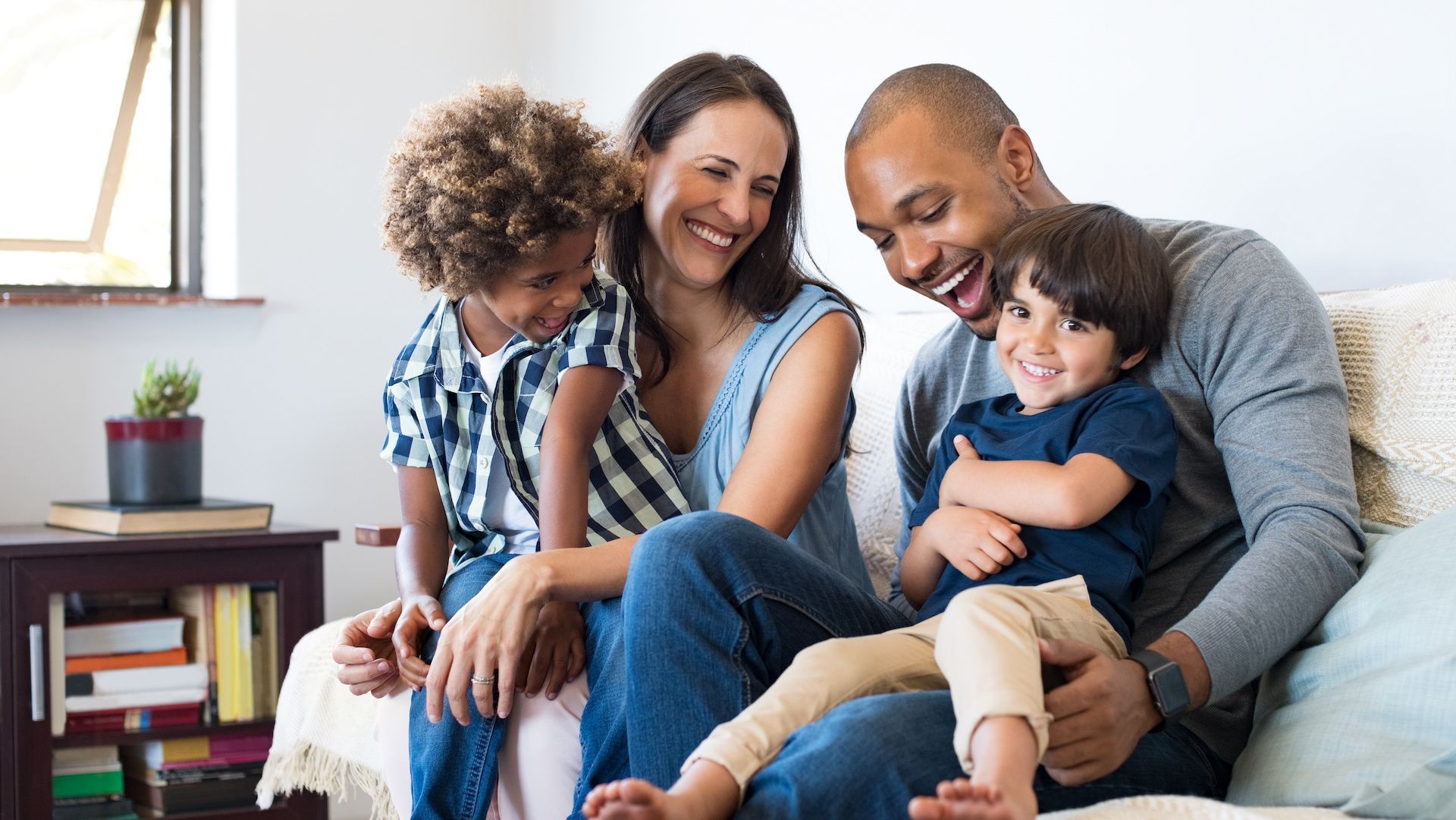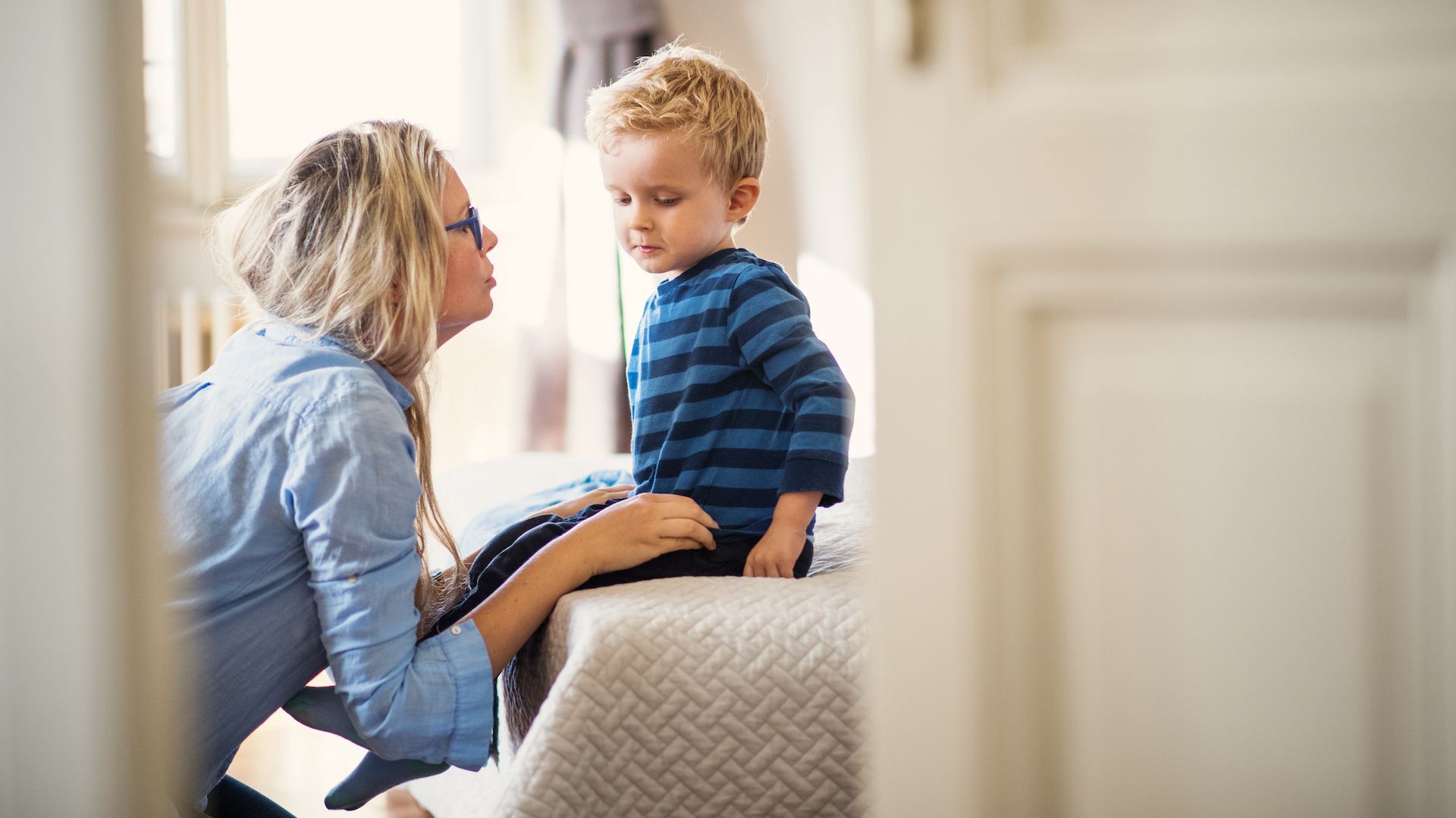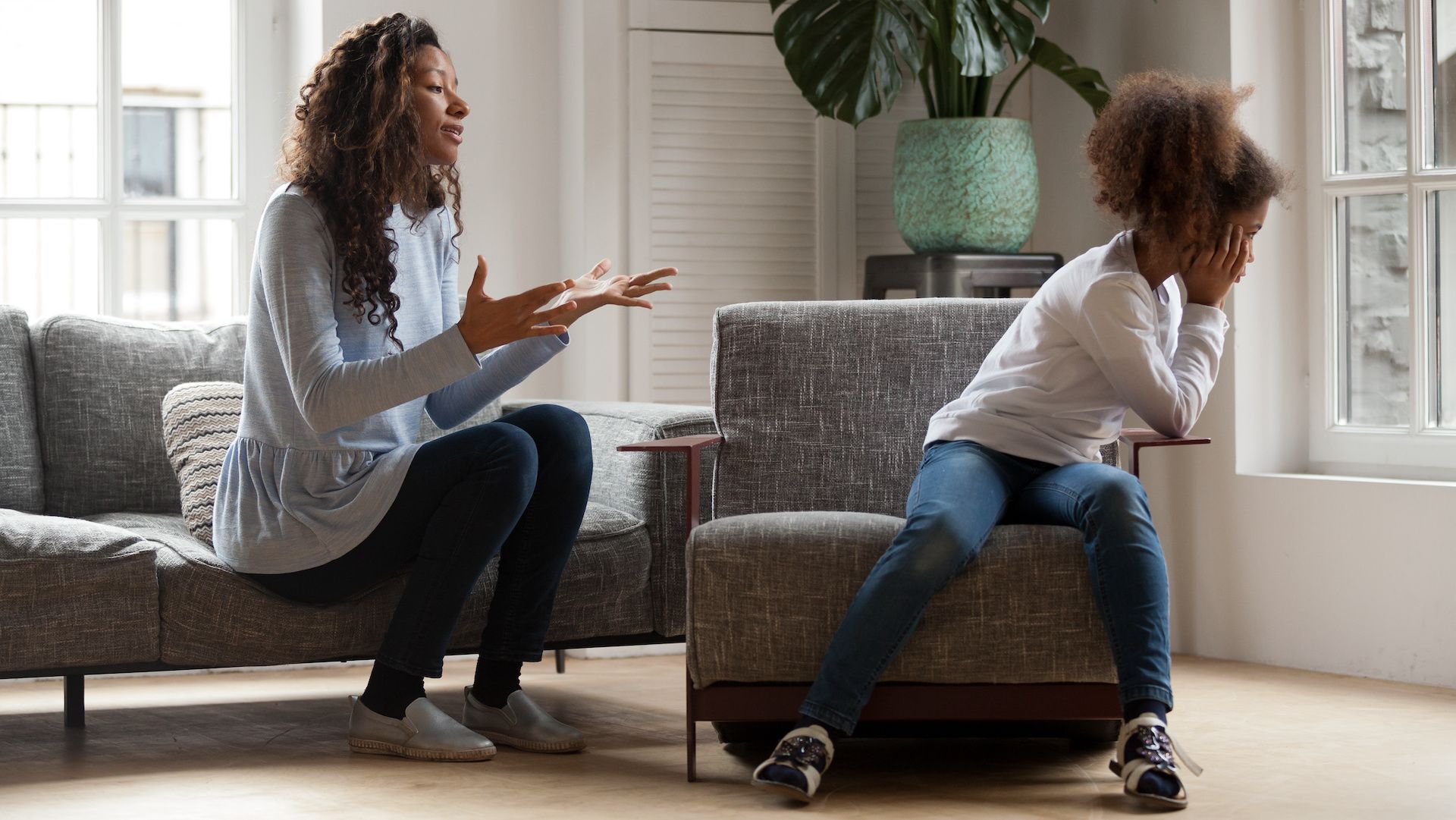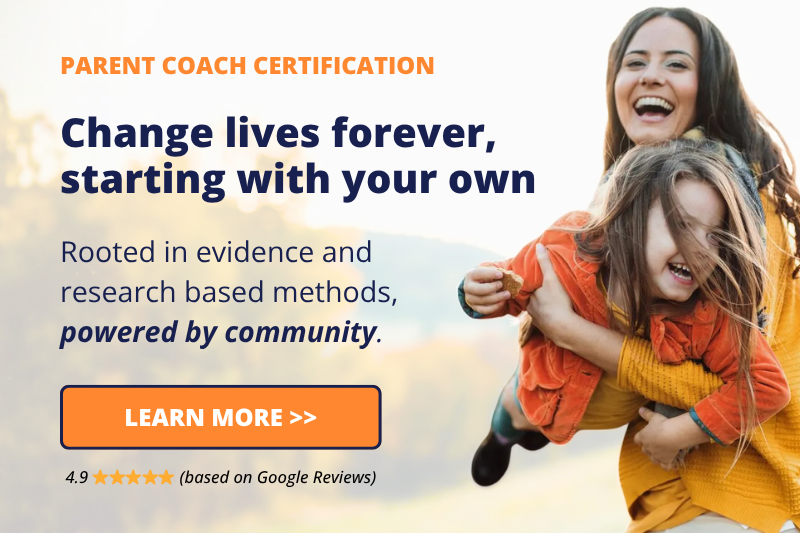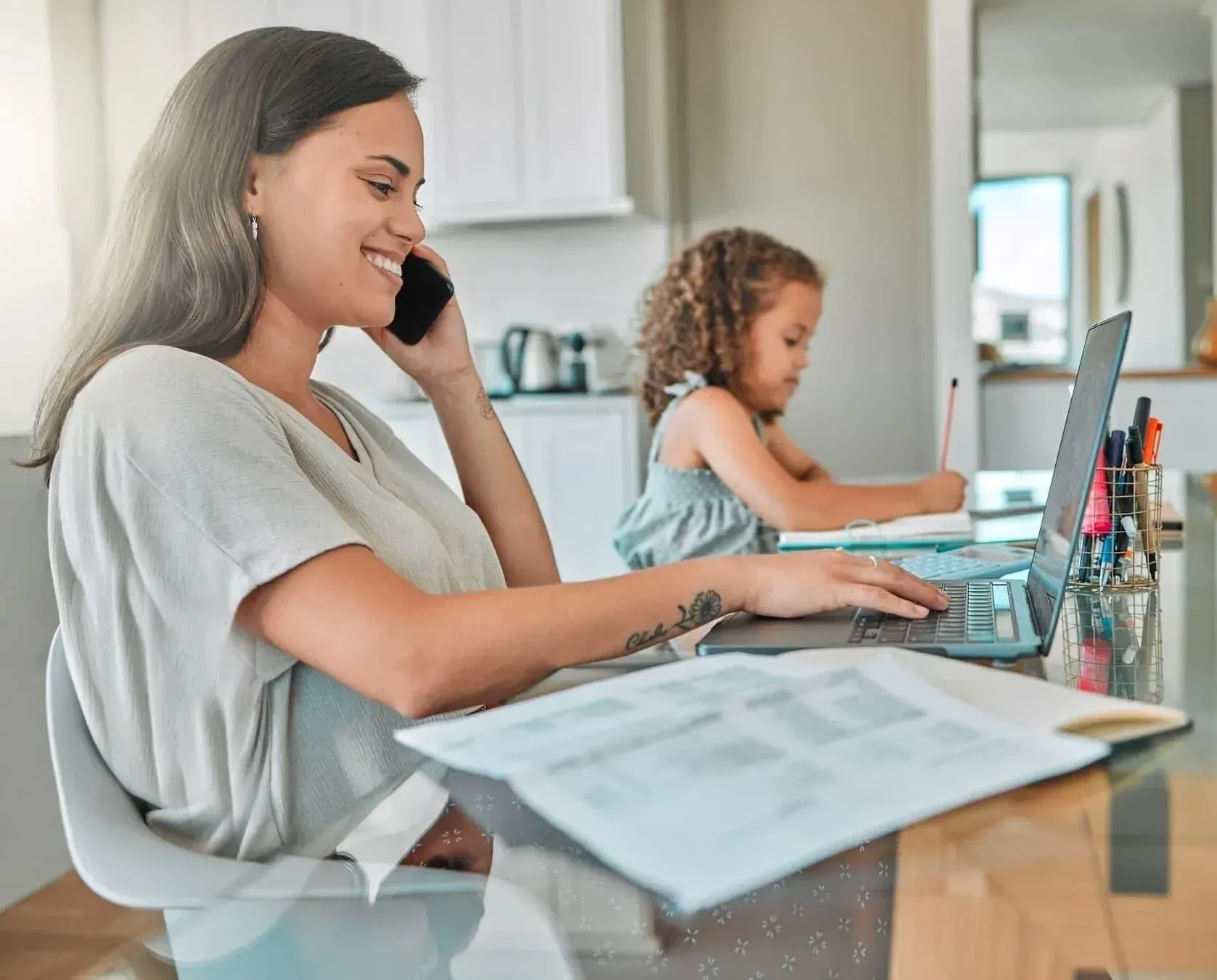Giving Fear a Voice

In empowered parenting we practice self-awareness and self-responsibility. It is a prerequisite for earning a secure-attachment with ourselves and our children and it can sometimes take a radical practice to feel into our fears.
This is part of mindfulness, a part of practicing mindsight and emotional intelligence with ourselves and part of embodying our values and intentions as empowered parents.
This work is important because so often as parents, our fears hold us back and keep us disconnected from experiencing, creating and embodying our deepest longings for ourselves and our children.
There is a both/and here. Yes, fear can hold us back, and all fears are valid. Feeling them builds the bridge to trust and creativity.
Maybe we are afraid of our own or our children’s neurodivergence or diagnosis.
Maybe we fear our child’s future based on their gender identity or schooling situation, or maybe we fear the labels we ourselves have subscribed to their personality.
Maybe we fear for our children’s future in relation to climate change.
All of these fears are valid. And, we can choose.
My intention here is twofold, to remind us to soften ourselves so we can welcome our fears and to encourage us to spend some time getting to know our internal landscape is in relation to fear by offering a practice for, “what we resist, persists and strengthens.”
What happens when we make space for our fear
This practice does a couple of things. It helps build self-awareness and it builds the capacity to feel fear and give it a voice – that creates a bridge to access choice, trust, and creativity via self-connection. We are embodying the both/and paradigm here. Let us validate our fears and create our life moment by moment.
If there has been some fear coming up for you, you might try this practice with a coach, or you can try it on your own if that serves you. Before you begin, decide what you need to feel safe enough to feel into your fears somatically.
You might want a dark room with a candle or a bright sunny afternoon outside on the grass. You also might want to have a pen, paper, glass of water, sensory calming tool, heavy blanket, essential oils, etc.
Remember to go by the “pace of permission,” what Jai Institute Director of Education, Rebecca Lyddon, refers to as “going as fast and the slowest parts of you feel safe.”
If you begin and what you notice feels like too much, then please pause, or stop if you need to. Honor and thank yourself and your body for holding what you could, then breathe and ground.
Know that it is totally normal if this happens. When I was in the process of needing some deep self-connection in regards to feeling a lot of fear that I was having about some life choices and how they were affecting my child, I had to stop, pause and come back to fully feeling my fear, and that is how the practice below was created.
A somatic approach to leaning into fear
When you are ready, breathe, ground, close your eyes if you want. Connect with your body and get into a feeling space. Listen to, or scan your body. Trust your own breathing. There is no ‘wrong’ here. No binary. Work on accepting what is. In this space we are learning to listen and love what is.
Notice what is happening in your body in relation to fear. What sensations are coming up? Where in your body is fear living? Some of us may connect with a certain fear right away. Some new fears may surface in this space.
When you arrive at the strongest sensation or when something lands in your body, start there. Stay anchored by pendulating from your sensations to feeling grounded. Keep noticing.
What does this fear feel like? What is happening in your body? If you can, stay with this feeling a little bit. Is there a sound? Is there a color or movement? Stay here as long as you can, anchored to the ground or the earth.
You might feel the urge to cry here, or shake, and that is ok. If you need to stop here, that is ok, too. You have already done brave work by connecting a fear to your body and giving that fear a voice.
In the process you have built a tolerance to come back and feel. You have begun carving a neural pathway in your brain that says that feeling fear or being afraid of something valid, safe, and full of helpful information.
If you can and want to keep going, ask yourself what story is this fear telling? What are you believing because of this fear and does it serve you to hold onto this story?
There might be a big release here, and that is totally normal. Practice leaning into this release, remembering you are holding your own brave space here. Remind yourself that you are not going to leave you.
What is the truth about who you are? Say it out loud if it serves your body here. The idea is to let your body be your guide. Very likely, you are a parent who is committed to showing up with “imperfect authenticity.” You are committed to self-connection and earning a secure-attachment with yourself and your children.
As you listen to what comes up about your truth, there might be a softening. If so, you are building a bridge to creation and trust.
When we lean into these somatic sensations and offer them a voice, we are able to validate our feelings, and our fears, on a cellular level. As we become more self-connected through this process, we are able to better understand what it is we might be needing in relation to fear.
This is a good time to come back to a grounding breath, have a wiggle or settle back into your body. Feel your bones. Softly roll your neck. Gather all the parts of you that you might have visited or forgotten about during this experience. You might want to journal for about five minutes.
When I came back and fully felt my fear through creating this practice, I realized that what I was really needing was to validate my fear. Sounds simple but it was difficult at first. Fear can be big!
We build more strength by facing our fears
For many of us that were raised with insecure or disorganized attachment, we were taught to believe that feeling fear was frightening, scary, bad, etc. These memories and beliefs about fear became cellular and a part of our neurophysiology.
It took me surrendering to feeling the fear fully, in my physiology, before I could access the inner-loving presence and trust to validate my fear, give it a voice and choose what was true about myself.
I was also needing a lot more self-love. In resisting the fear I had diminished my practice of self-love, self-connection and self-responsibility.
An empowered consequence of softening and deepening our self-connection in relationship to fear is that we build skills that automatically transfer to our parenting.
Think about all those times you jump in and talk or help your child when they are doing risky things safely. Is it always helpful? Probably not. Once you widen your capacity to feel your fear, you show yourself and your children with your secure-presence that you trust them.
You show them that feeling into their body and trusting what they feel in their body is safe.
Perhaps we could say that feeling fear is a radical act.
“We can’t think our way out of fear, but we can feel our way out.”
Dr. Ruby Gibson, My Body, My Earth, 2016
Meet Your Author, Tess Seipp of Wild Rose Motherhood
Along with being a Jai Certified Parenting Coach, Tess holds a Master of Art Education and is currently in training to be certified in Somatic Archeology. Tess combines all her training to support parents and families to experience and know holistic safety.
As a certified Empowered Parent Coach and the founder of
Wild Rose Motherhood, Tess' practice is evidence based, trauma-informed and somatic focused.
Follow Tess on
Instagram
Share This Article:
Curious for more?





